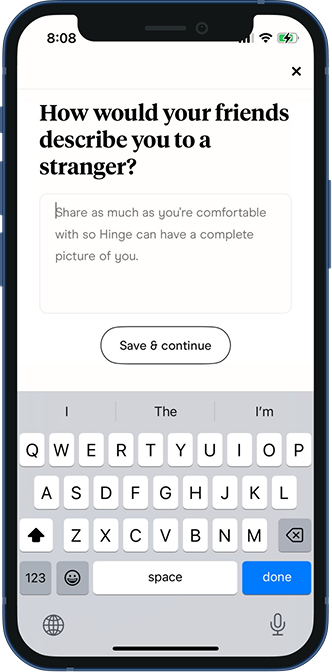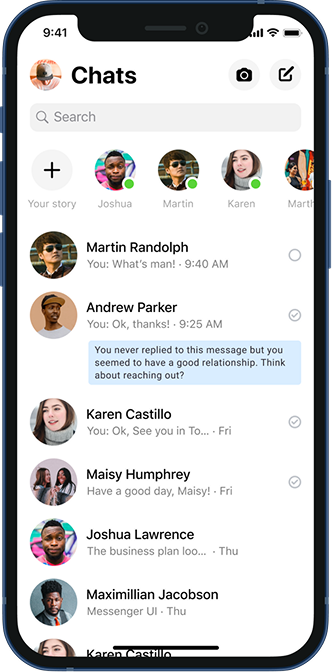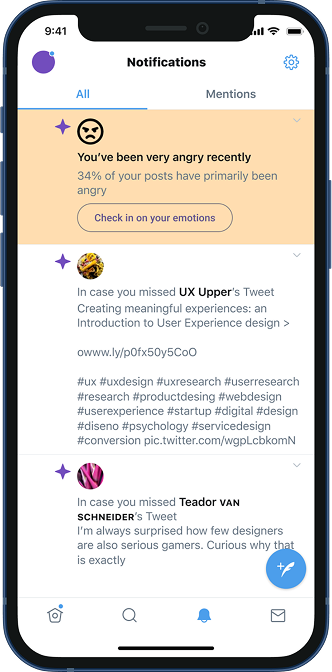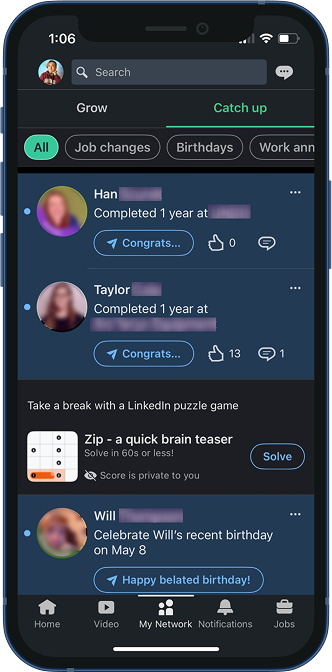Interfaces Should Love Us Back
A framework for designing UI to teach emotional intelligence and help people connect more deeply on an emotional level to bridge differences
RESEARCHER AND DESIGNER
2025-present
Presented at Berkman Klein Spring Synthesizer 2025
lo
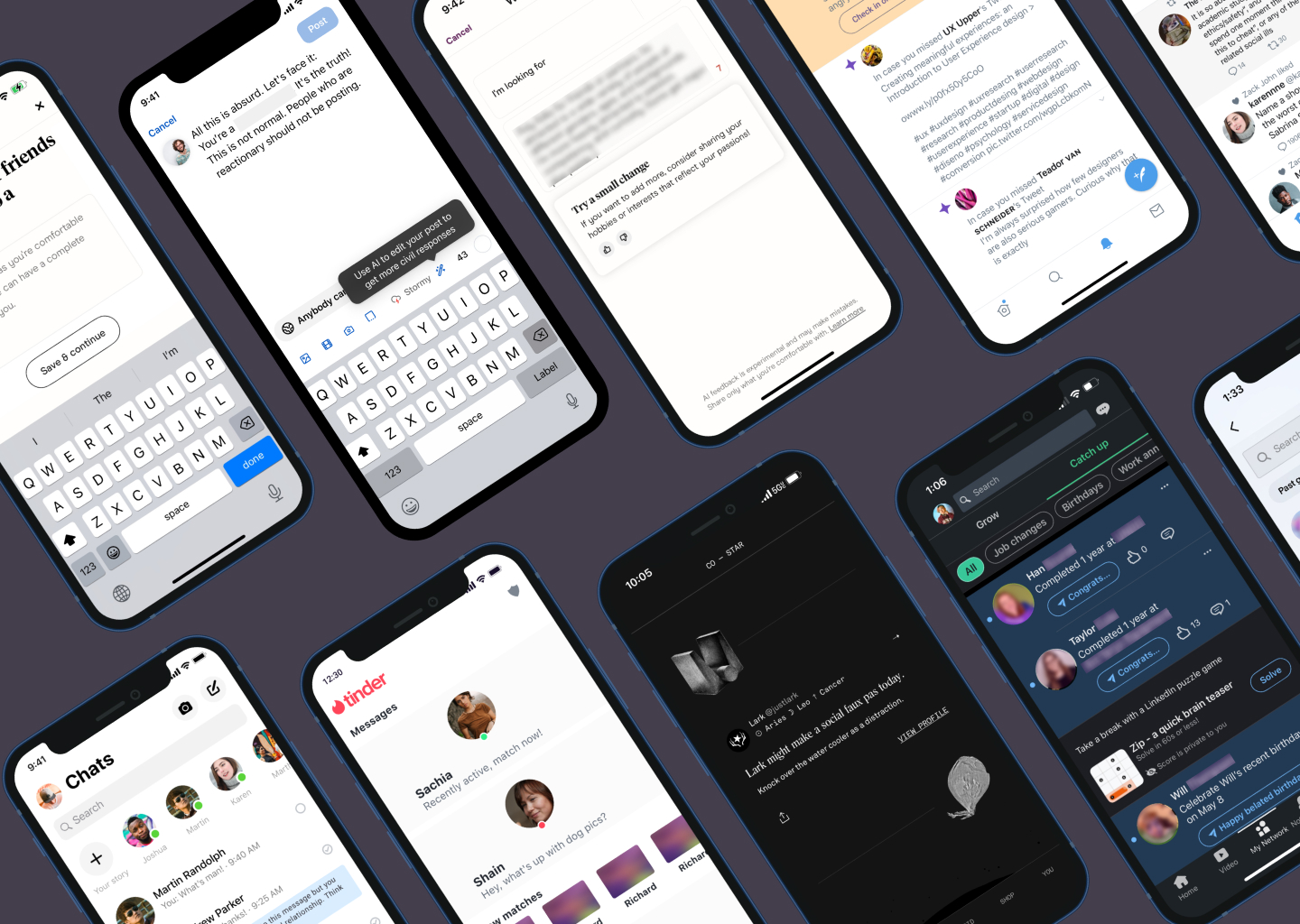
Interfaces Guiding Behavior
How can we use interfaces to make people treat each other better?
User interfaces are the main way that people use technology and even small changes in UI can drastically impact the way we behave or see the world. This is separate from a lot of discussion around the design of social technologies, which tend to focus on content or other backend processes that feed the interface, but concerned directly with how the interface itself frames our worldview. How does what you see and how you interact with it inform the way you behave with other people?
I propose a framework that utilizes research in social psychology to help designers make decisions whenever they are designing a social interaction feature.
Creating the Framework
Learning from social psychology
With billions of people using platforms like Meta every day, it’s no surprise that conflicts—and antisocial behavior—come up. That’s why encouraging more prosocial behavior is key to building better connections online.
Emotional intelligence—basically, being able to understand and work with emotions—has been linked to more positive social behavior, especially in kids and teens. On a bigger scale, being better at managing emotions can even reduce prejudice.
Salovey and Mayer argued that emotional intelligence helps people balance personal and social wellbeing, which is essential for building a more sustainable, cooperative society. So if we really want to make online spaces better, teaching emotional intelligence at scale should be part of the plan.
The Framework
The Emotional Modeling & Mediation through Interfaces (EMMI) Framework
To build the EMMI framework, I compared the Bar-On model of emotional intelligence with Jakob Nielsen’s 10 usability heuristics, which are widely used in UI design to assess how user-friendly a product is.
The Bar-On model stood out because it emphasizes that emotional intelligence skills can be taught and learned, and it’s often used in business settings to assess real-world social and emotional skills. On the other hand, Nielsen’s heuristics focus on making interfaces easy and efficient, something prioritized by many tech companies.
Comparing the two showed where we might need to rethink standard UX practices if we want interfaces to actively support emotional growth. Some skills help users understand and change how others respond to them, while others help them understand their own emotional reactions. The EMMI framework helps designers know when to follow traditional heuristics—and when to break them—based on which emotional intelligence skill is being targeted.
In short: the interaction cost (how much effort a task takes) should shift depending on the emotional skill involved. If the goal is reflection or self development, higher interaction costs can slow people down and create learning moments. If it’s about emotional regulation or self knowledge, lower costs help make those healthy behaviors easier to do.
Increasing Interaction Costs
Social interactions to do with reflection or self development
When social interactions involve strangers, touch on sensitive topics, or require people to think about how they’re coming across, it can help to add small delays or design friction to nudge better behavior.
There are lots of ways to raise the "interaction cost." The Nielsen Norman Group suggests things like adding more reading or scrolling, making info less immediately clear, or requiring extra clicks or typing. These slow people down just enough to encourage reflection.
For example, giving users more context before they respond, using nudges or gentle alerts, or even interrupting their flow slightly can prompt them to pause and reconsider. You might also make them work a bit more—like scrolling through larger elements or going through extra steps—to reach what they want.
Another route is adding systems that encourage thoughtful behavior, like gamified rewards for positive interaction. But points and leaderboards can push competitiveness without lasting change. Instead, it may be more effective to promote self-comparison over time. Apps like Supernatural adjust your score based on recent performance, helping you track improvement, while Apple Health’s rings reward consistency and baseline effort.
Framing From Other Perspectives
Ask them to take on additional mental load of perspective taking when reflecting on themselves
- from Hinge
Check In About Relationships
Prompt you on people who you’ve ghosted, even accidentally. This means you might have to scroll longer to find the person you want to message but helps resurface people who you may connect with better
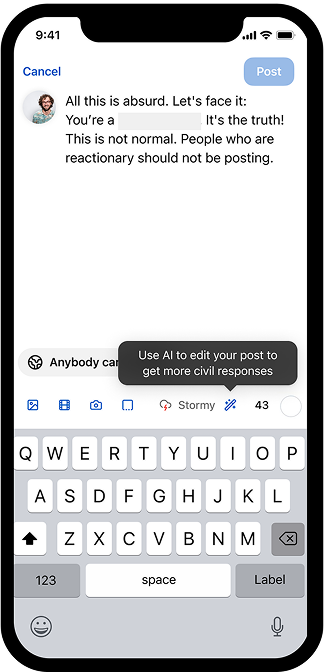
Nudges and Visual Complexity
Add more details for them to grapple with and restrict them from posting or commenting until they adhere to community standards
- from CLR:SKY
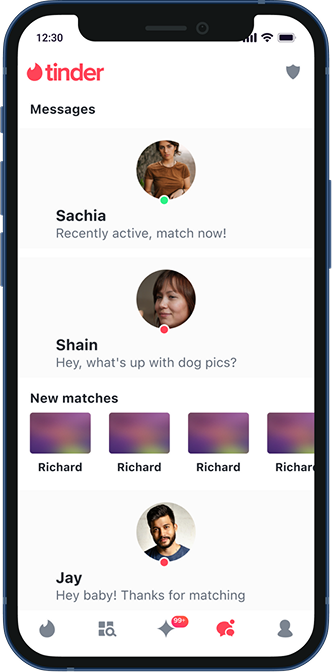
More Space for Focusing on Existing Relationships
Reducing the number of people you see at once means you are likely to only sync with a smaller subset of users at once. Devaluing new matches to be lower than existing users to place less priority on new users
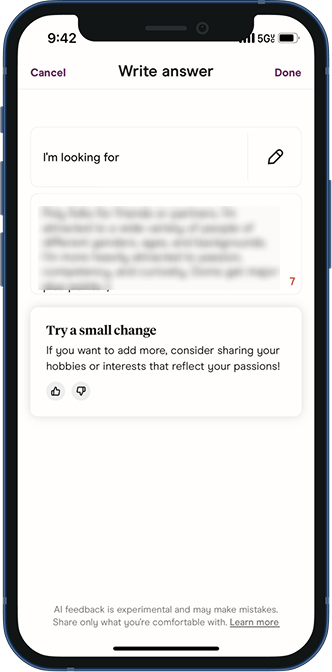
Prompts when they Fail
Call more attention to the things that they struggle at and ask them to improve by giving them more to do
- from Hinge
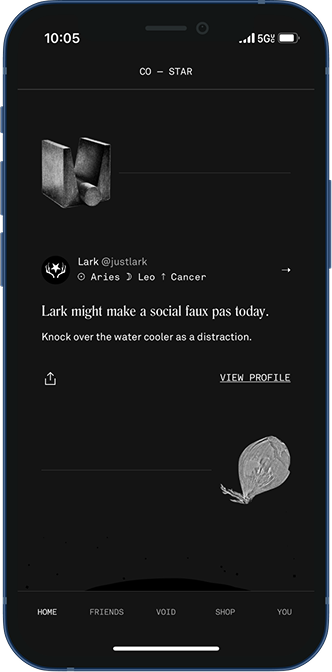
Ambiguity and Interpretation
Being poetic, rather than data-based and literal can add moments of introspection and get people to naturally reach out to each other based off of what they read about each other
- from Co-Star
Decreasing Interaction Costs
Social interactions to do with regulation or self knowledge
On the flip side, when you want people to act more thoughtfully or connect with their better selves, it helps to lower interaction costs. Making the positive path easier increases the chances they’ll take it.
This can mean using language that feels familiar and emotionally resonant—people are more open to change when things are framed in a way that fits their worldview. It also helps to make emotional cues more visible, so users can start spotting patterns in their own behavior and regulate more easily.
Design can also tap into the “tend and befriend” response—when stressed, people sometimes seek connection instead of shutting down. Encouraging them to reach out to people they trust or giving them more control over how they interact socially can create calm and foster stronger relationships.
Emotional Status
Show people how they’re showing up in a social space to make it easily available to them so they can know to regulate themselves. Embed it in places where they are likely to need to regulate themselves.
Dedicated Space to Catching Up
Prioritize catching up with people you have positive experiences with over novelty to decrease the interaction cost of engaging with people you can more easily regulate yourself with
- from LinkedIn

Reducing Contentious Posts
If posts are known to be something you might not agree with, reduce the size/scale of them so they are more easily overlooked. This may serve to polarize people more, though
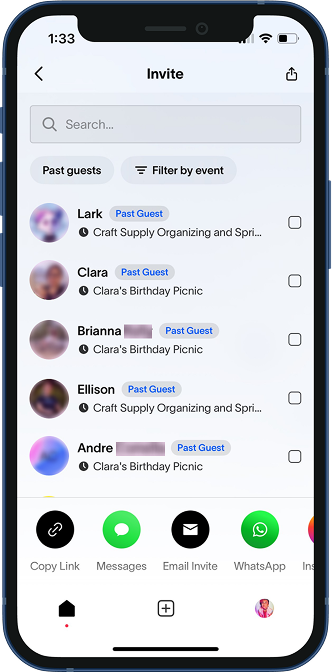
Reminders of Past Interactions
Lower the barrier of knowing where you have a connection with someone, so you can reconnect and invite someone you would otherwise never encounter again
- from Partiful
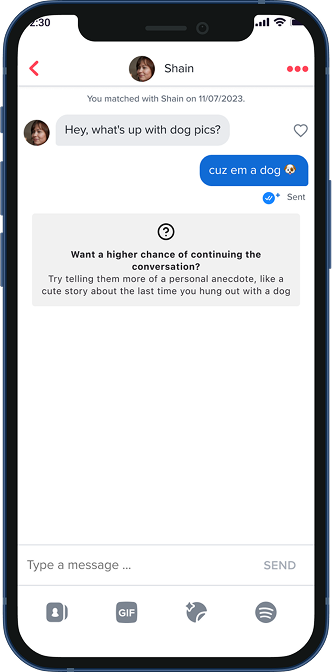
Prompts That Ask for More Explicit Details
Take out the frustration of a conversation where you don’t know what to say by prompting the user on a topic and know if their response includes individual specificity
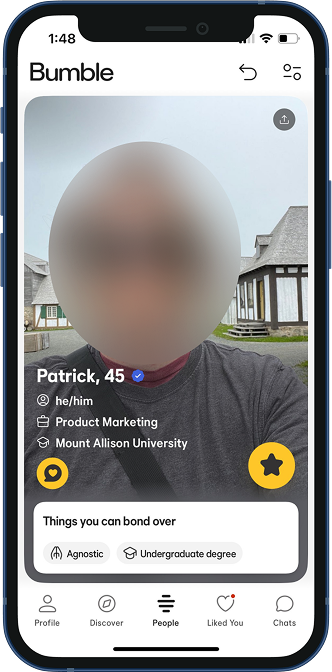
Calling out Explicit Commonalities
Show your user that there are commonalities that bridge them with strangers to give them something to connect on
- from Bumble
Relationship to Business KPIs
KPIs can be built around impact, rather than pure usage
Some of these proposed alternatives to designing UI are obviously in conflict with metrics that are currently used at companies. Prompting people to slow down through the use of nudges may mean that overall less posts and comments appear on your platform. Why would you include features that may decrease interactions?
With the advent of LLMs that allow us to have access to content-aware metrics, we can now track things that have been shown through social psychology to be good for building positive relationships between people, such as progressive and reciprocal self disclosure. These qualitative metrics no longer need hours of human-powered coding and evaluation to get results. If healthiness of community, which has impacts on conversions and retention, can be measured, it can also be concretely made a business priority.
CONTACT ME
For all enquiries, email me at zachdeocadiz@gmail.com



